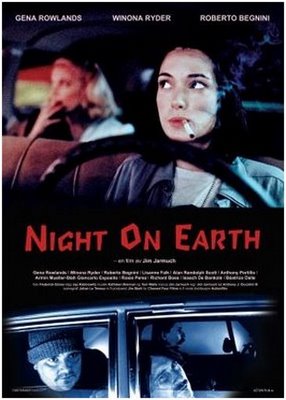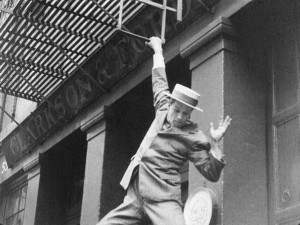Five Easy Pieces [NIGHT ON EARTH]
From the Chicago Reader (May 15, 1992). — J.R.
NIGHT ON EARTH
** (Worth seeing)
Directed and written by Jim Jarmusch
With Winona Ryder, Gena Rowlands, Giancarlo Esposito, Armin Mueller-Stahl, Rosie Perez, Isaach de Bankolé, Beatrice Dalle, Roberto Benigni, and Matti Pellonpaa.

As the most popular American independent filmmaker around, Jim Jarmusch carries a special burden: his reputation makes his work particularly hard to evaluate. Other American independents who haven’t enjoyed his commercial success — he’s the only independent who comes to mind who works mainly in 35-millimeter and owns all his own pictures — envy and even resent him, questioning whether he offers a serious alternative to the commercial mainstream. Indeed, Jarmusch has come to be so identified with artistic freedom that it’s difficult to see how any of his movies can live up to his reputation.
“Jim Jarmusch’s planet is the Lower East Side,” began Karen Schoemer in an awestruck feature in the New York Times late last month. “Its bars, its bodegas and its pavement make up his home, his office and his hangout.” “The director finds drama in the ordinary” reads a pull quote in the following hagiography, and clearly so does the Times: it finds a special magic and potency in a run-down neighborhood simply because Jarmusch lives there. Read more




